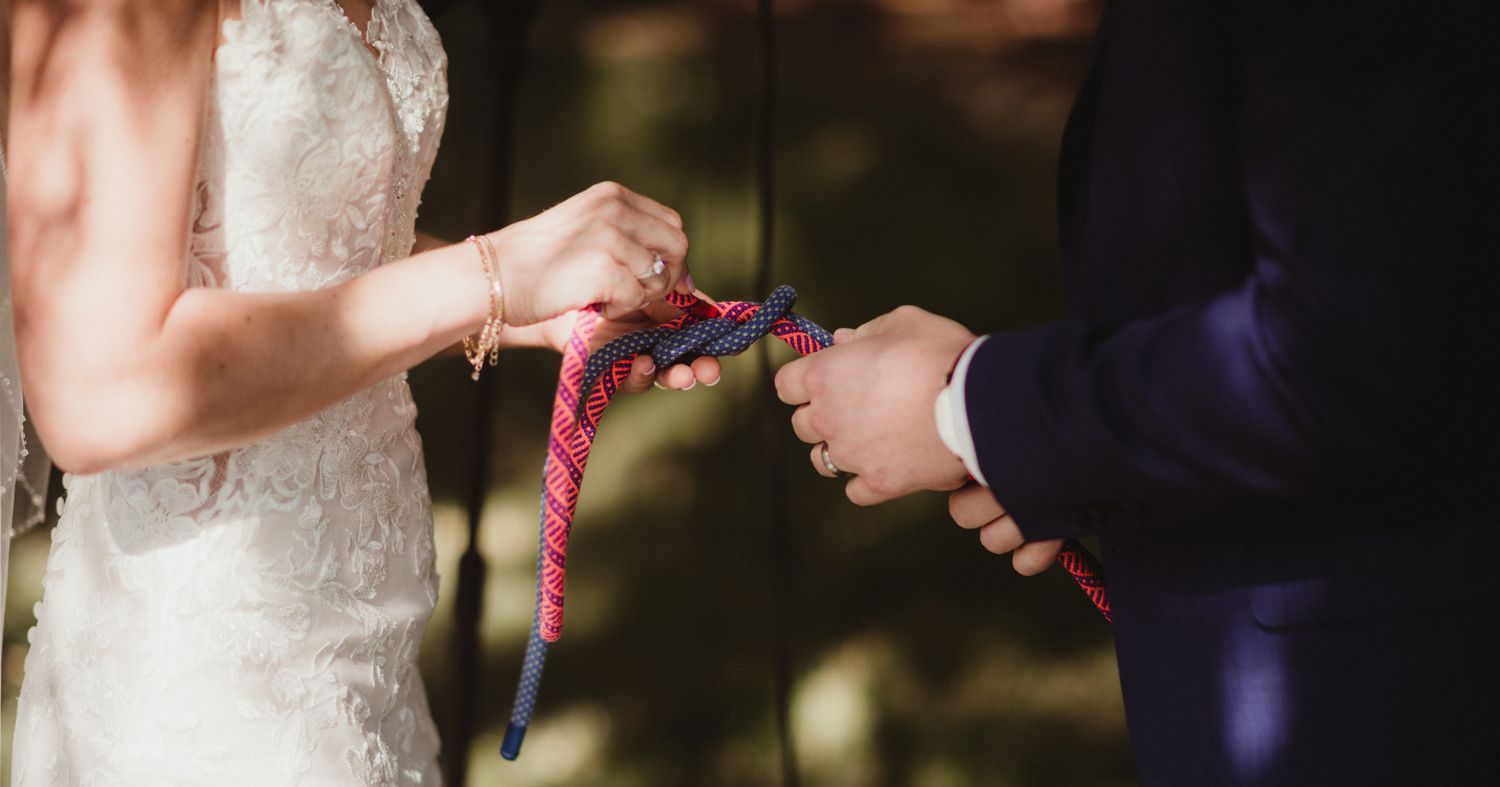What’s The Surprising Origin Of ‘Tie The Knot’?

Ever wondered why people say "tie the knot" when talking about marriage? This phrase has a surprising origin that dates back centuries. In ancient times, many cultures used knots as symbols of unity and commitment. For example, in Celtic traditions, couples would tie their hands together with a ribbon during the wedding ceremony, symbolizing their bond. Similarly, in Hindu weddings, the bride's sari and the groom's scarf are often tied together to represent their union. These practices have evolved, but the idea of using a knot to signify a strong, lasting connection remains. Curious to learn more about this fascinating tradition? Let's dive in!
The Ancient Celtic Tradition
The phrase "tie the knot" has roots in ancient Celtic traditions. These customs involved literal knots symbolizing the bond between two people.
Handfasting Ceremony: During this ritual, couples' hands were tied together with a ribbon or cord, representing their union. This practice dates back to pre-Christian times and was a common part of Celtic weddings.
Symbolic Knots: Knots were believed to have magical properties, binding the couple's souls together. These knots were often tied during the wedding ceremony and kept as a memento.
Roman Influence
The Romans also contributed to the origin of "tie the knot." Their wedding customs included symbolic acts that have influenced modern traditions.
Binding of the Hands: Similar to the Celtic handfasting, Roman brides and grooms had their hands bound together with a piece of cloth during the ceremony. This act symbolized their commitment and unity.
The Knot of Hercules: Roman brides wore a belt tied with a special knot called the "Knot of Hercules." This knot was considered difficult to untie, symbolizing the strength and permanence of the marriage bond.
Hindu Wedding Rituals
In Hindu culture, tying the knot has a literal and symbolic meaning, deeply embedded in their wedding rituals.
Mangalsutra Ceremony: The groom ties a sacred thread, known as the mangalsutra, around the bride's neck. This thread signifies their marital bond and the groom's commitment to protect his bride.
Saptapadi: During the Saptapadi, or "seven steps," the bride and groom take seven steps together, symbolizing their journey through life. A piece of cloth or a cord often ties them together during this ritual, representing their unity.
Chinese Wedding Customs
Chinese wedding traditions also feature symbolic knots, emphasizing the importance of unity and harmony in marriage.
The Red Thread of Fate: According to Chinese legend, an invisible red thread connects those destined to be together. This thread may tangle or stretch but will never break, symbolizing an unbreakable bond.
Double Happiness Knot: The double happiness knot, often used in Chinese weddings, represents joy and unity. This intricate knot is a common decoration, symbolizing the couple's intertwined lives.
Medieval European Practices
Medieval Europe had its own unique customs that contributed to the phrase "tie the knot."
Girdle Tying: In medieval European weddings, the bride wore a girdle tied with a knot. The groom would untie this knot as a symbol of their union and his role in protecting his wife.
Betrothal Knots: Couples exchanged betrothal knots as a sign of their engagement. These knots were often tied in a public ceremony, symbolizing their commitment to each other.
Modern Interpretations
Today, "tie the knot" continues to be a popular phrase, with modern interpretations and practices keeping the tradition alive.
Unity Ceremonies: Many couples incorporate unity ceremonies into their weddings, such as tying a fisherman's knot or a lover's knot. These acts symbolize the strength and unity of their relationship.
Wedding Rings: While not a literal knot, the exchange of wedding rings represents an unbroken circle of love and commitment, echoing the symbolism of tying the knot.
The Fascinating Journey of 'Tie the Knot'
'Tie the Knot' has a rich history. It goes back to ancient rituals and traditions. Cultures worldwide have used knots to symbolize unity and commitment. From Celtic handfasting ceremonies to Hindu wedding rituals, knots have played a key role. This phrase has evolved but still holds the same essence of binding two lives together.
Understanding the origin of 'Tie the Knot' adds depth to its meaning. It shows how language and traditions are intertwined. Next time you hear someone say they are going to 'tie the knot,' you'll know there's more to it than just words. It's a nod to centuries-old practices that celebrate love and unity. This phrase is a beautiful reminder of how traditions shape our language and lives.

